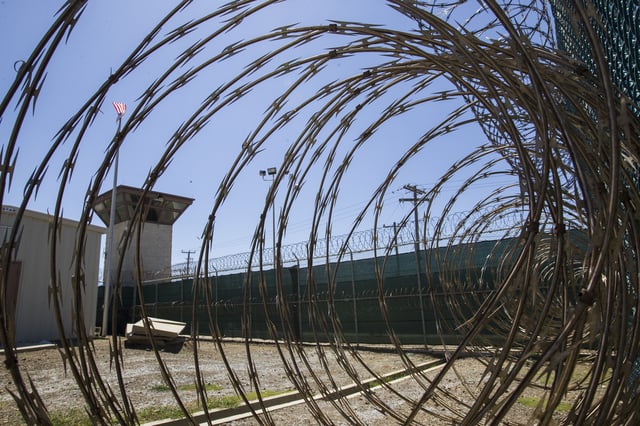Overview
- Guantánamo Bay has a long history of being used as a detention site for migrants, including Haitian and Cuban asylum seekers in the 1980s and 1990s.
- The Trump administration has begun sending migrants with criminal convictions to the base, with plans to hold up to 30,000 people temporarily while awaiting deportation or resettlement.
- Critics argue the move undermines legal and human rights, citing past instances of inhumane conditions and limited access to legal representation at the facility.
- Supporters of the policy highlight Guantánamo's historical role in housing migrants and emphasize its capacity for temporary detention under international law obligations.
- The decision has sparked debate over the ethics and legality of offshoring immigration detention and its broader implications for U.S. immigration policy.



